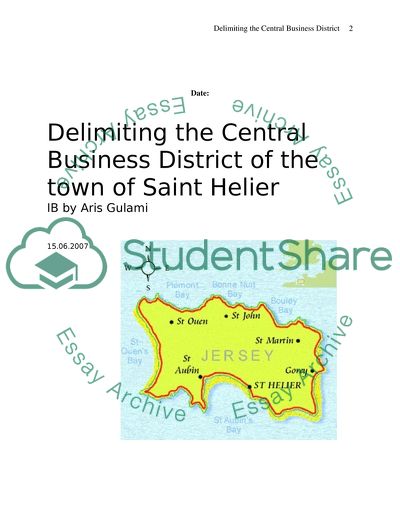Delimiting the Central Business District Case Study Example | Topics and Well Written Essays - 11500 words. https://studentshare.org/geography/1709142-delimiting-the-central-business-district-of-the-town-of-saint-helier
Delimiting the Central Business District Case Study Example | Topics and Well Written Essays - 11500 Words. https://studentshare.org/geography/1709142-delimiting-the-central-business-district-of-the-town-of-saint-helier.


